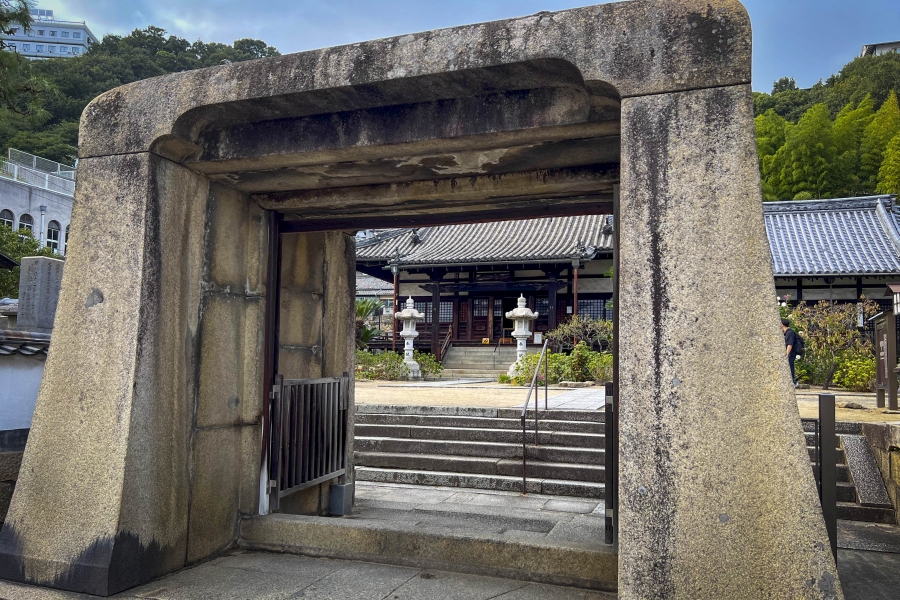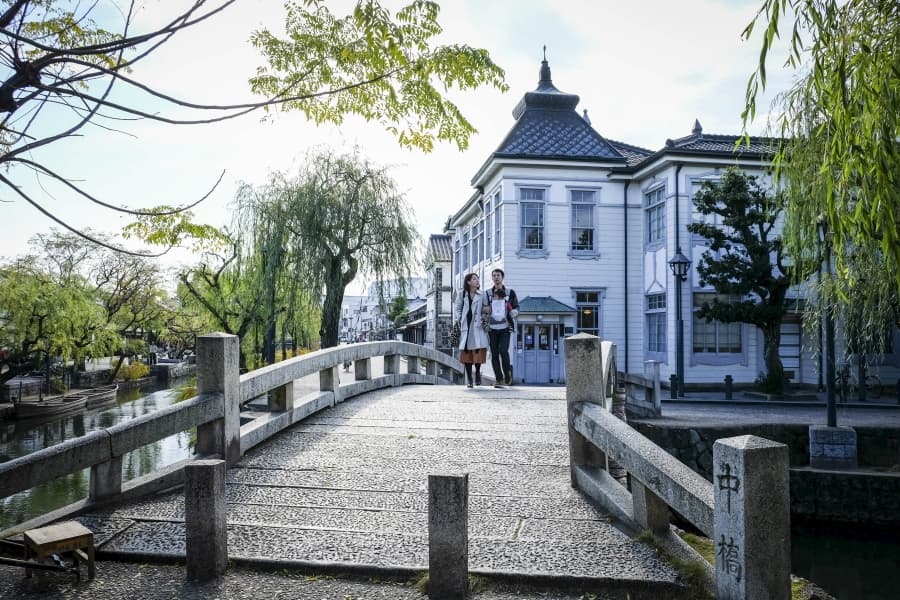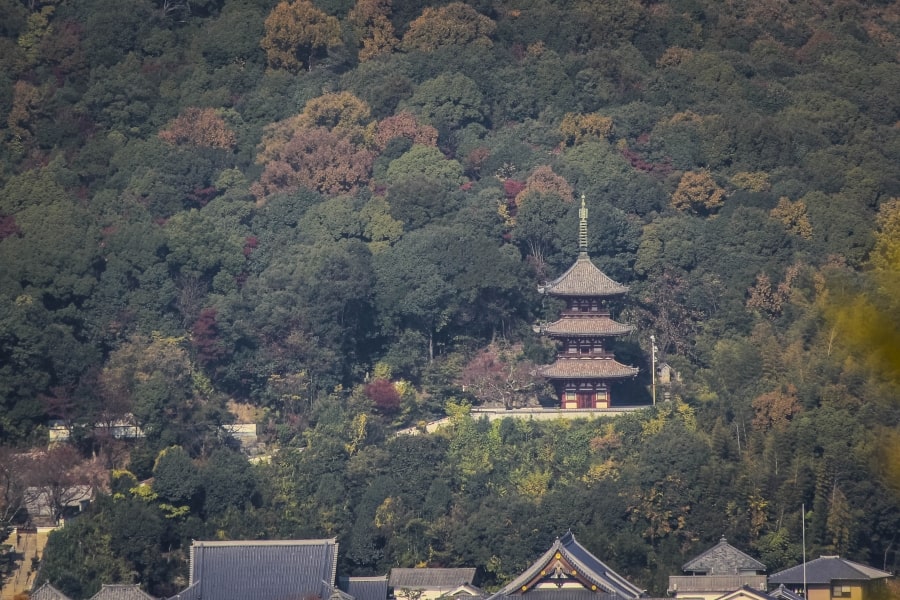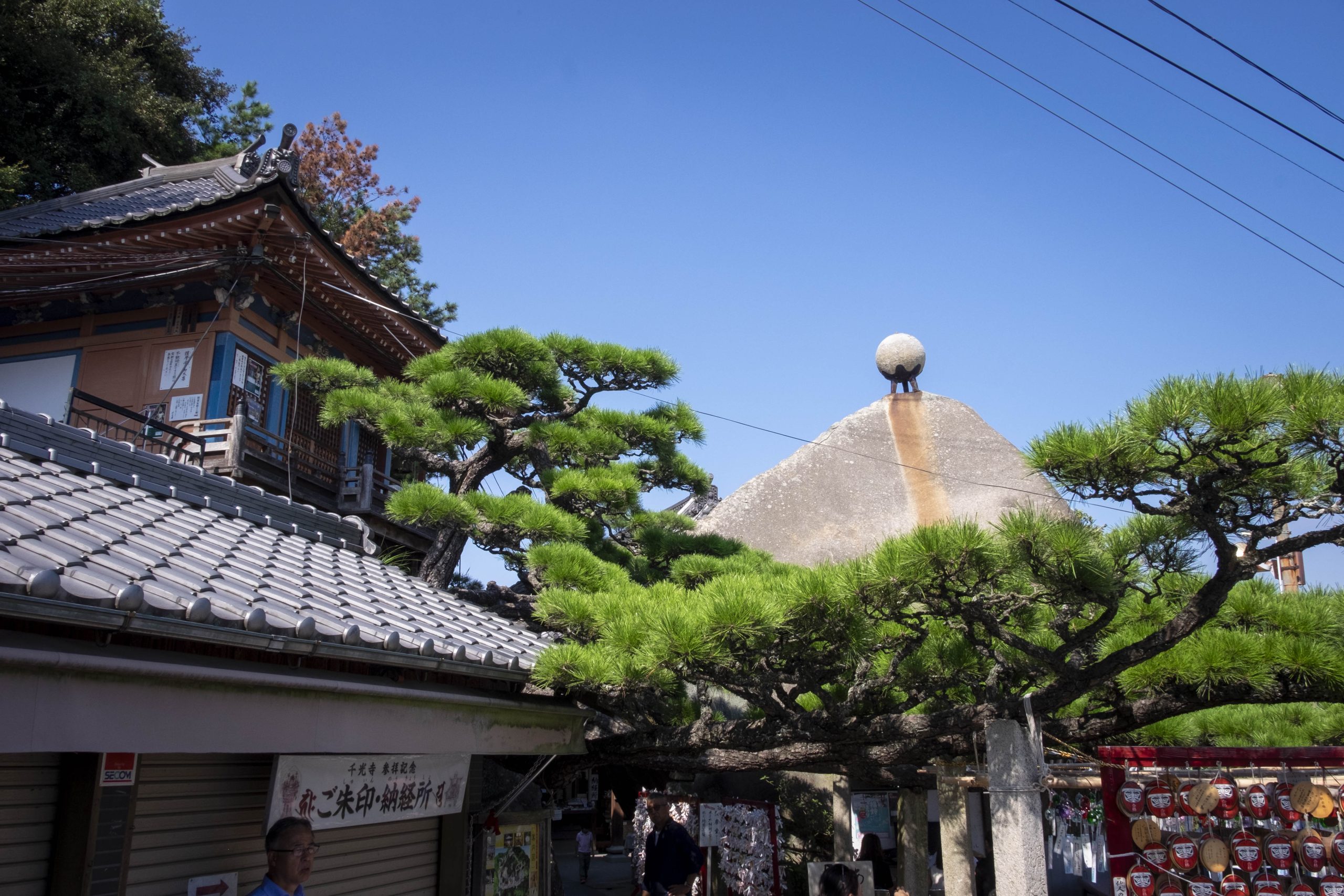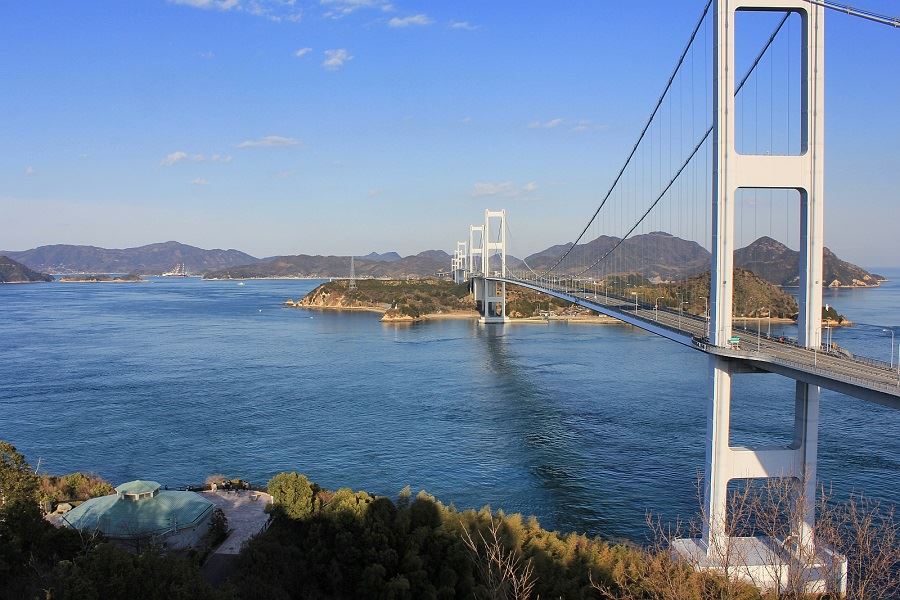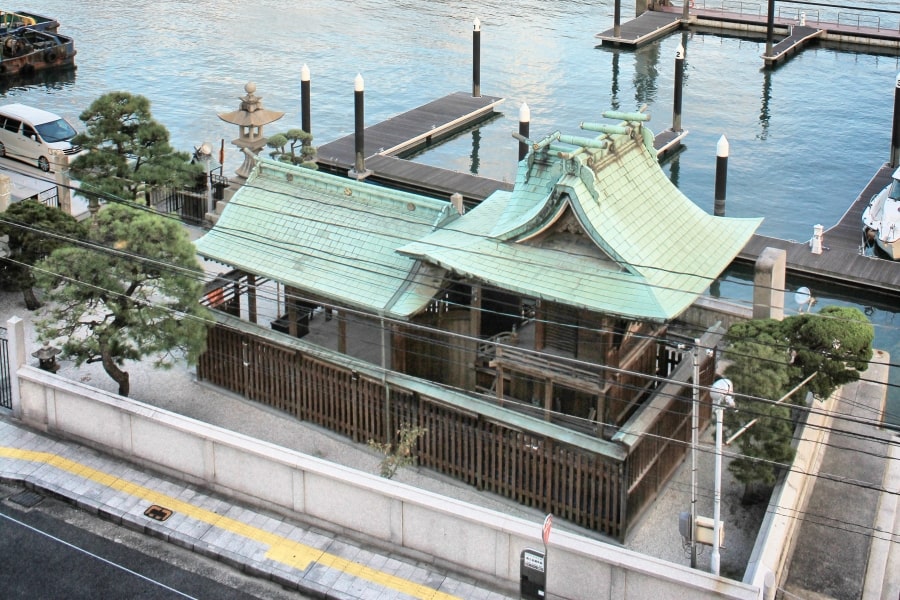SETOUCHI TOURS
Onomichi
A fascinating maritime town of ancient temples and alleyways.
Home » Onomichi
Onomichi
Onomichi is a fascinating town built largely on a hillside overlooking a saltwater channel that looks like a river. The town is dotted with shrines and temples linked with alleyways. Onomichi wasn’t bombed in WWII, so it maintains its character as an authentic Japanese town, with buildings from every historical period. It’s rich with nostalgia. Onomichi is also the starting point on the Honshū side for the Shimanami Kaidō cycling route to Shikoku.
Onomichi can be divided roughly into three zones, from the sea to the mountaintop. The town is bordered to the south by the Onomichi Channel, a strip of sea between Onomichi and nearby Mukaishima island. The Onomichi shoreline is a moorage for ships large and small. Between the sea and the mountain is a narrow strip of land, packed with shops, bars, an arcade, hotels, and homes. The mountainside is the location of schools, temples and shrines, trendy cafés, and more homes. We’ll look at each area in turn.
The Onomichi Channel on the Mukaishima island side is lined with shipyards. Their tall cranes form an interesting skyline from Onomichi, and the cranes are illuminated in different colours at night. The big ships visiting the shipyards create an atmosphere of busyness and excitement. Small, symmetrical ferries for people, bicycles and cars ply back and forth across the channel at twenty-minute intervals. On the Onomichi side, ships of every sort from fisheries patrol ships, to tugs and private yachts are tied up beside a promenade that extends for several kilometres. Along this strip, the U2 Hotel Cycle is a major attraction right beside the Onomichi Channel. In this tastefully converted warehouse, cyclists can stay with their bicycles and eat fine food. There’s also a Giant Store in this complex where you can hire high-quality bicycles for the trip across the Shimanami Kaidō. Less fancy bikes of various types can be hired in this area too. Another seaside attraction is the small Sumiyoshi Shrine.
In the strip of flat land between the sea and the mountain is Onomichi’s shopping and commercial district, with its long covered arcade. The arcade is packed with traditional shops selling hats, ironmongery, swords, frocks, suits, toys, and pretty much anything you might ever need. The shops are interspersed with cafés and restaurants. There are several magnificent buildings from the early Shōwa period such as the Chamber of Commerce and the bathhouse, now a museum and a restaurant respectively. In this area there are also many hotels and guesthouses. Unagi no Nedokoro, ‘the eel’s bedroom’, is a long narrow townhouse converted into a beautiful café and guesthouse. Its entrance is in the arcade, but it stretches far to the south. JR Onomichi Station is also located in this flat strip.
National Route 2 and the JR Sanyo Line mark the border between the commercial district and the temple-dotted hillside. From here a couple of roads and a great network of alleyways make their way up and across the hill. Here there are Buddhist temples and Shintō shrines in a density not found anywhere else. Many of the temples have large graveyards with stone grave markers dating back centuries. Traditional Japanese homes and chic cafés fill whatever space is left. Pretty cats roam the alleys. Near the top of the mountain is Senkō-ji Temple, a large complex of highly varied buildings on several levels among mysterious rocky outcrops. In spring, the area is pink with cherry blossoms. Below Senkō-ji is Tennei-ji Temple and to the east is Saikoku-ji, both of which have three-storey pagodas which add much gravitas to the scene. A flagstone alley, the well-signposted Old Temple Route (Koji Meguri), connects 25 of Onomichi’s better-known temples in a 2 km east-west walk. The western end is a short distance from the train station, beginning with the stone gate of Jikō-ji.
History
Located about halfway between Okayama and Hiroshima facing the Seto Inland Sea, Onomichi has prospered as a distribution centre for marine transportation since ancient times.
In 1169, Onomichi village was designated as a warehousing site for the local domain, which became the basis for its development. It was one of the stops on the route of the kitamaebune ships that sailed from the Inland Sea to Hokkaidō and back, transporting valuable goods in both directions. During the Edo period, the city was divided between the domains of the Hiroshima and Fukuyama clans, and stone monuments marking the border still exist.
With the opening of the Sanyo Railway in the Meiji period, Onomichi became the largest city in eastern Hiroshima Prefecture in terms of population, but by the mid-1960s it had given up its central position to Fukuyama which developed rapidly as an industrial city and thanks to its flat land. However, Onomichi enjoyed a renaissance with the opening of the Shimanami Kaidō in 1999, which connected it by land with Imabari on Shikoku, increasing its convenience in terms of logistics.
Onomichi has also been an important cultural centre. Writers Fumiko Hayashi and Naoya Shiga settled here and published works set in the town. Onomichi was the location for several highly regarded films in the Shōwa period such as “Tokyo Story”, and the town became popular as a destination for location tourism. Since the 2000s, the area has often been used as a setting for anime and it has come to be called one of the “Five Great Sacred Places” by anime fans. Onomichi is often used as a location for TV shows, TV dramas, advertisements, music videos, and photo books.
Food
Onomichi Ramen is characterized by a rich soy sauce based soup with stock from small fish from Tomonoura and pork back fat. The noodles are firm, round, yellowish wheat noodles. Toppings are simple, typically roast pork, spring onions, and Chinese bamboo shoots.
The local version of okonomiyaki is called “Onomichiyaki”. As with Hiroshima-style okonomiyaki, the batter is spread out into crepes, which are used to sandwich in the cabbage, meat, seafood, noodles, and other ingredients. However, what makes it different is that it also includes chicken gizzard and deep-fried squid, giving it an additional chewy texture and richness.
Kujira yokan is a confectionery made of steamed rice flour sandwiched between red bean paste containing kelp powder. It takes its name from the similarity of its appearance to whale blubber.
Previous
Next
Information
Name in Japanese: 尾道
Pronunciation: ono-michi
Address: Onomichi, Hiroshima
Related Tours
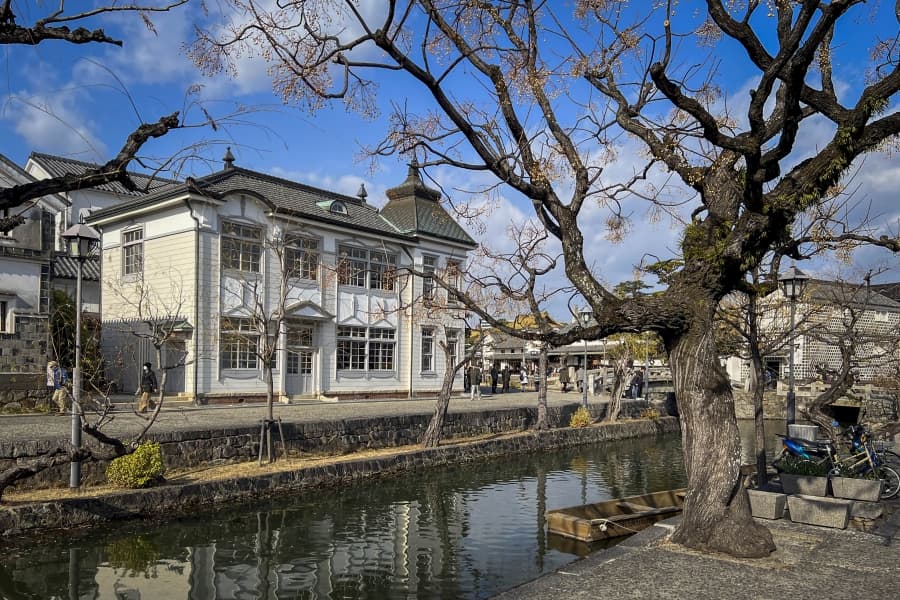
6 Days
¥498,000
This tour visits islands in Hiroshima, Ehime, and Kagawa, and some sights in the coastal regions of Honshū and Shikoku. You explore the Tobishima Kaidō and Shimanami Kaidō island chains, and the art island of Naoshima.
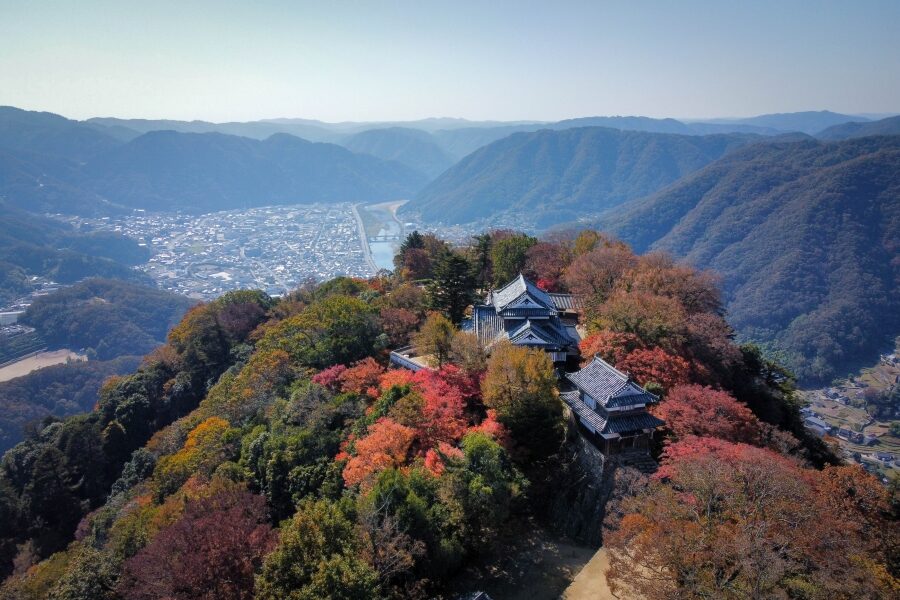
6 Days
¥498,000
This tour visits the major sights of Okayama, Shimane, and Hiroshima prefectures, focusing on the small historic cities of each region, and the natural wonders found in the countryside between them.
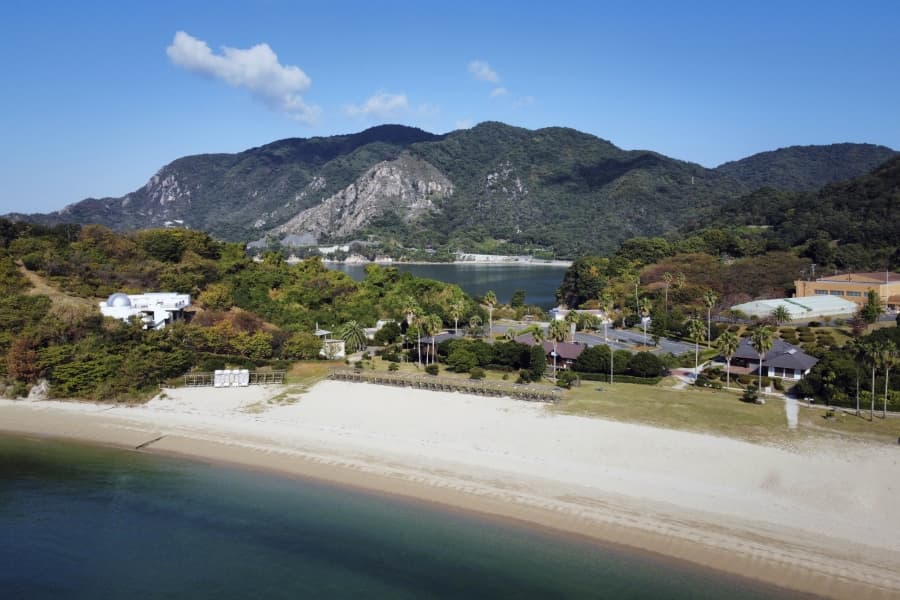
2 Days
¥188,000
This tour visits islands in Hiroshima and Ehime, and some sights in the coastal region of Honshū.
